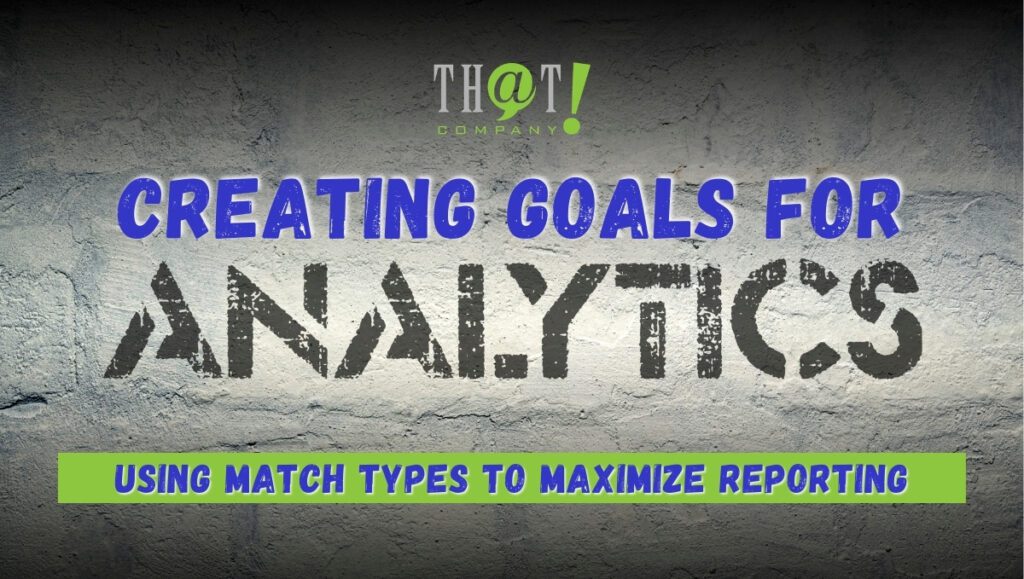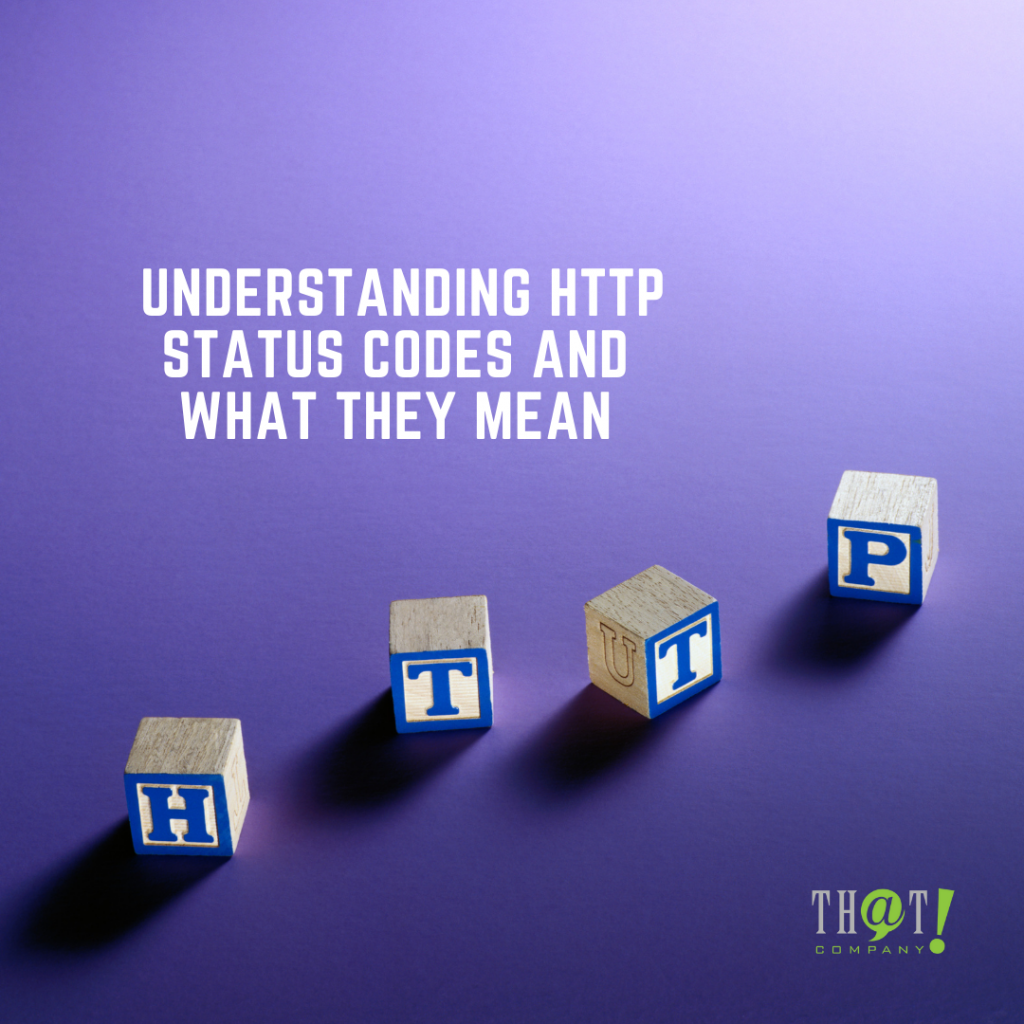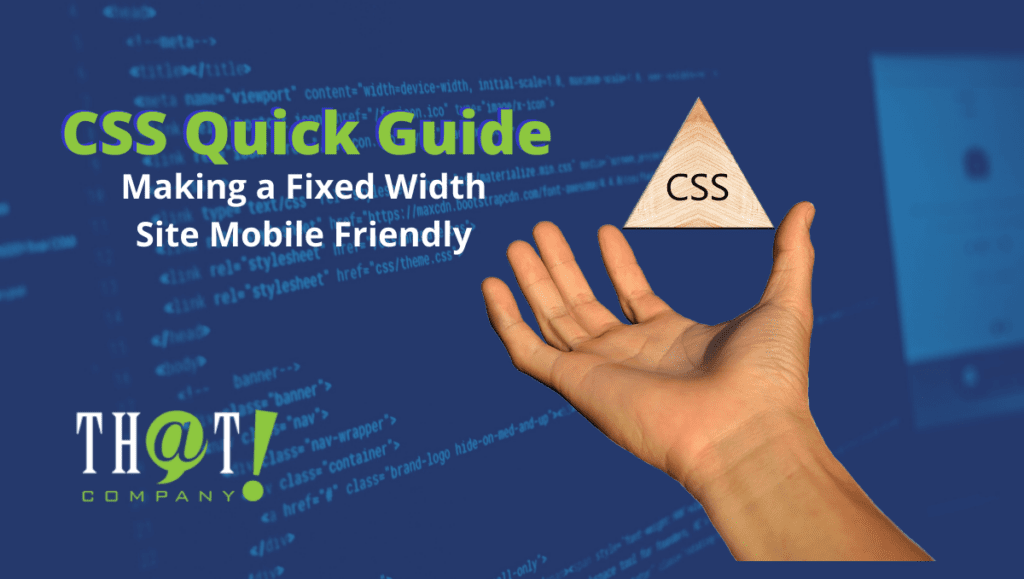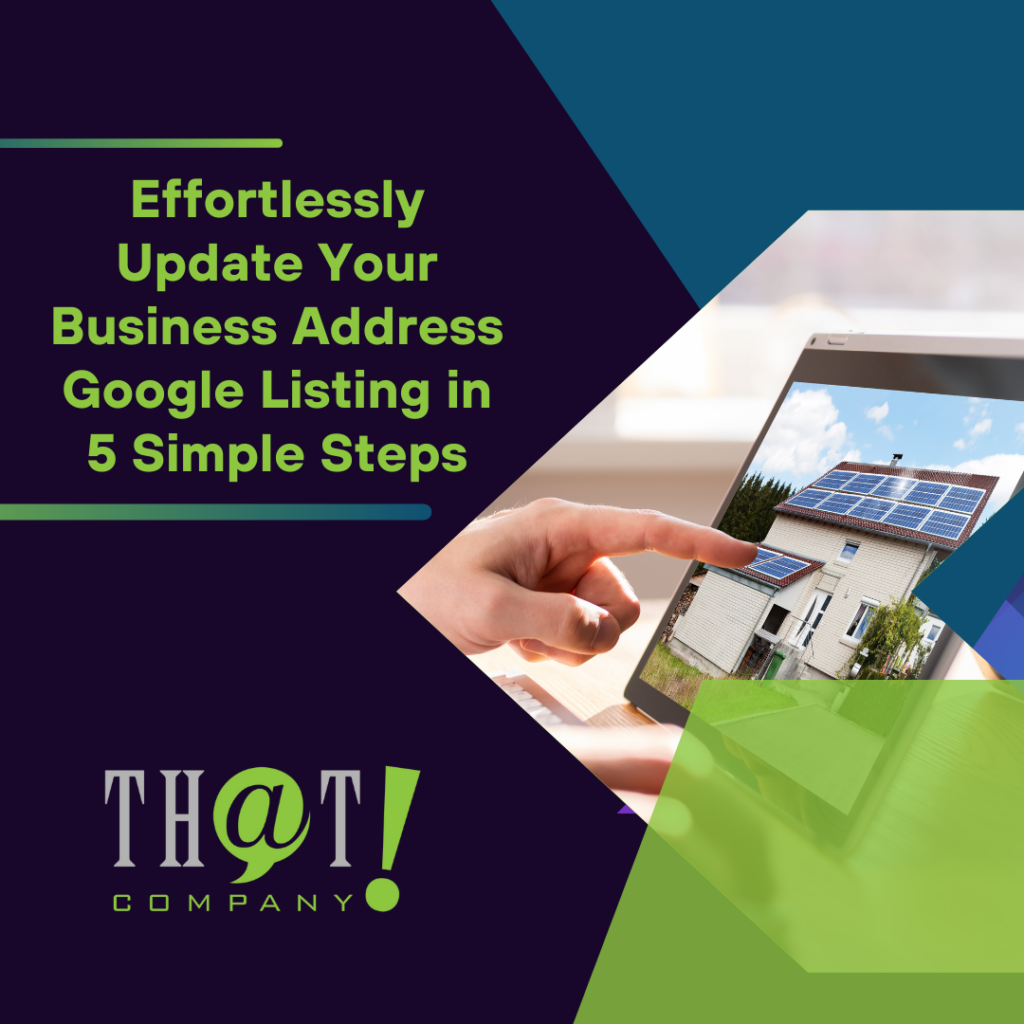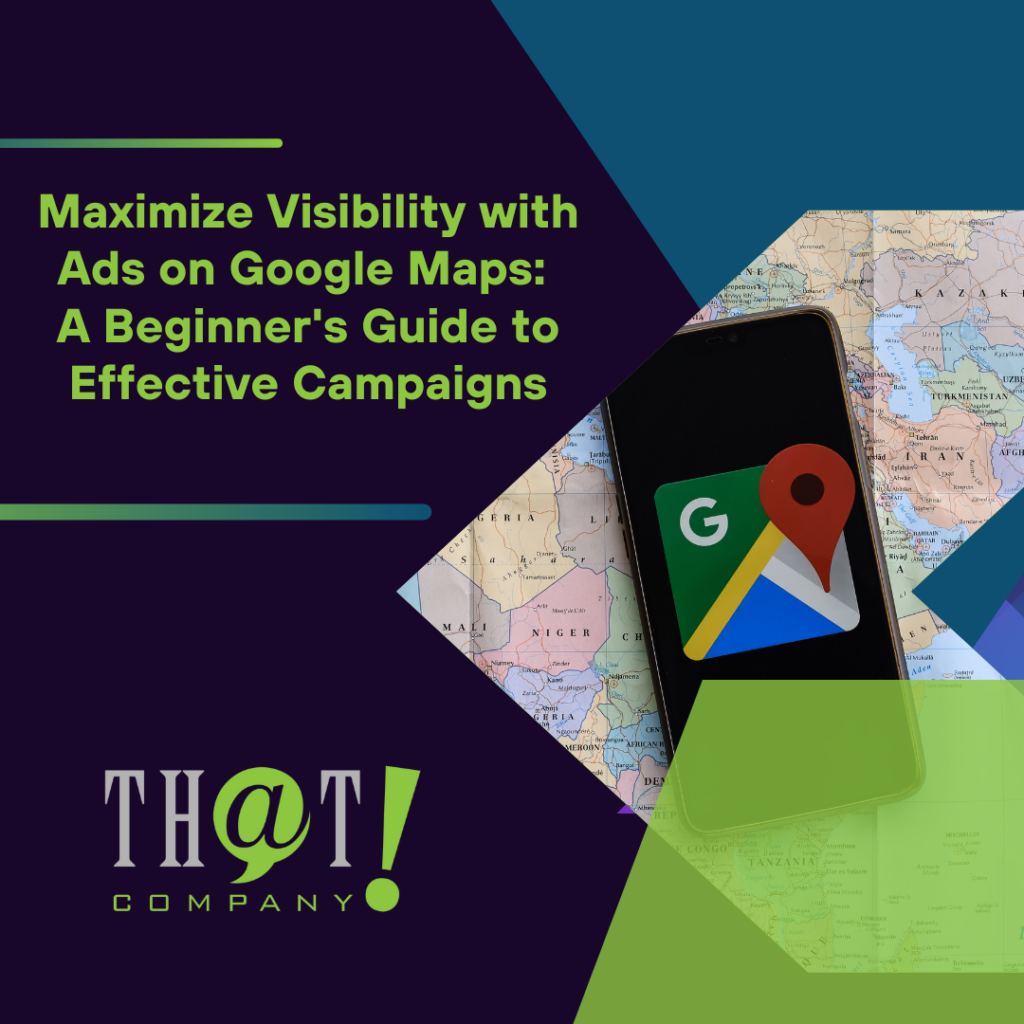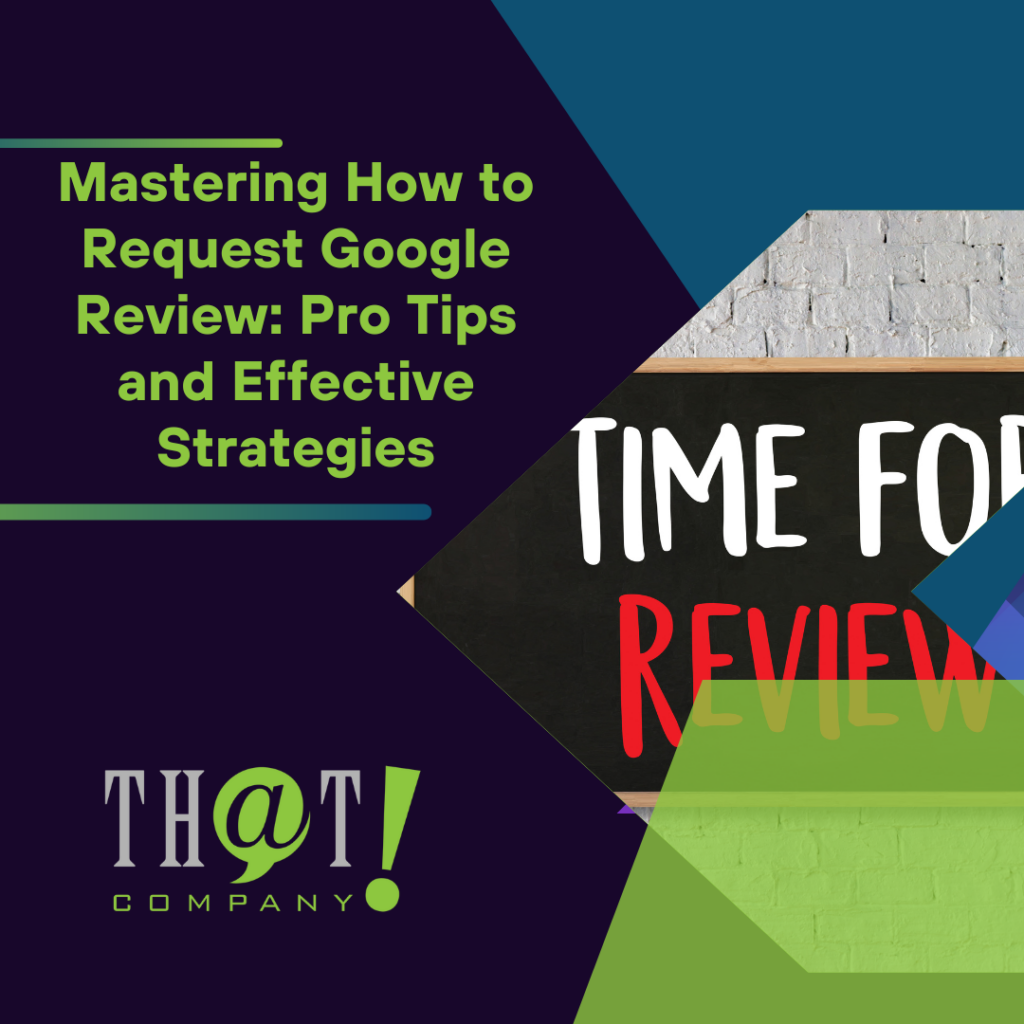
Do you want to reach your target audience quickly and efficiently? Online paid ads can help. This guide will explain what online paid ads are, their benefits, and how to create a successful ad strategy. You’ll learn about different types of ads, targeting options, and optimization tips to get the best results.
Essential Insights
- Online paid ads offer immediate visibility and targeted audience engagement, making them essential for quick business impact and efficient ad spend.
- A strategic approach involving clear goals, audience understanding, and the right advertising platforms is critical for maximizing return on investment in paid advertising campaigns.
- Continuous monitoring and optimization, including A/B testing and analytics, are vital to improving ad performance and ensuring effective spend management.

What Are Online Paid Ads?
Online paid ads refer to a marketing model where advertisers pay to display their paid search ads to targeted audiences. These ads come in various formats, including Pay-Per-Click (PPC) advertising, which has become synonymous with online paid advertising due to its efficacy and popularity. Purchasing ad space allows businesses to boost visibility and target specific demographics, essential in today’s competitive market.
The operation of paid ads hinges on a bidding system, which determines the placement of ads based on the advertiser’s budget and the quality of the ad itself. This system ensures that ads are shown to the most relevant audience, maximizing the chances of engagement and conversion.
The role of paid ads in digital marketing cannot be overstated, as they drive targeted traffic and build brand recognition. Ultimately, they play a key role in achieving business goals.

Benefits of Online Paid Ads
Investing in paid ads offers businesses immediate visibility and results, unlike the gradual growth seen with organic methods. This immediacy is vital, especially for new businesses looking to make a quick impact. Paid advertising also significantly boosts traffic and conversions in a short timeframe, making it an essential tool for campaigns that need fast results.
One of the standout benefits of paid advertising is its ability to precisely target audiences based on various criteria such as demographics, interests, and behaviors. This precision ensures that the ad spend is utilized efficiently, reaching individuals who are most likely to engage with the content. Additionally, advertisers have full control over their budget, allowing them to make quick adjustments in response to market conditions or changes in advertising algorithms.
Paid advertising also provides valuable insights into consumer preferences and market trends through detailed analytics. These insights help businesses refine their strategies and improve future paid advertising campaign. Moreover, successful paid campaigns can be scaled to reach larger audiences, enhancing growth potential. Video ads, in particular, are memorable and can be placed across various platforms, further amplifying brand visibility and engagement.

Types of Online Paid Ads
Online paid ads come in several primary categories, each offering unique advantages and applications. The main types include search engine ads, social media ads, display ads, video ads, and native ads. Understanding these different formats allows businesses to choose the best strategies for their specific goals and audiences.
Search Engine Advertising
Search engine advertising, with platforms like Google Ads and Bing Ads, is a cornerstone of digital marketing. Google Ads, in particular, allows advertisers to select keywords that trigger their ads to appear on search engine results pages (SERPs). This keyword relevance is crucial for the success of ad campaigns, as it aligns the ads with user search queries. Bidding strategies play a significant role, with high competition for popular keywords often leading to increased costs.
Including negative keywords enhances the effectiveness of search ads. Negative keywords stop ads from showing up for unrelated searches, which saves budget and enhances the quality of traffic.
Additionally, ads on SERPs can boost brand visibility even if users do not click on them, reinforcing brand awareness. Utilizing long-tail keywords can also capture qualified leads with specific search intents, further enhancing campaign performance.
Social Media Advertising
Social media advertising is a powerful way to reach targeted audiences on popular platforms like Facebook, Instagram, and Twitter. Facebook Ads, for instance, allow for detailed targeting based on demographics, interests, and location, making it possible to reach specific audience segments effectively. Instagram ads offer similar targeting capabilities, focusing on user behaviors and interests to deliver personalized content.
Twitter ads operate on an auction model and can be targeted using keywords, conversations, and past engagement, providing a unique way to gain new followers and engage with users. Additionally, Facebook Ads can appear in multiple placements, including news feeds, the right-hand column on desktop, and the Stories section on mobile, maximizing visibility and engagement.
Leveraging these social media platforms allows businesses to connect with their audience where they spend significant time.
Display Advertising
Display advertising involves using banner images strategically placed on web pages to raise brand awareness. These ads can take various forms, including images, graphics, animations, and videos, each designed to capture attention and drive traffic to a specific landing page. The Google Display Network, Meta’s Audience Network, and Yahoo Advertising are some of the well-known display ad networks that offer extensive reach and targeting capabilities.
Platforms like Facebook and LinkedIn provide powerful targeting options for display ads and linkedin ads, allowing businesses to retarget users who have previously interacted with their website. This retargeting capability ensures that display ads remain relevant to the audience, improving the chances of conversion.
Larger banner ads tend to be more effective due to their visibility, making them a preferred choice for many advertisers.
Video Advertising
Video advertising is highly effective for increasing brand awareness, with over 90% of marketers finding it beneficial. Instream ads on platforms like YouTube typically have higher click-through rates compared to standard PPC ads, as they target audiences already interested in the content being viewed. Video ads can be placed on TV, social media, and streaming services, providing flexibility in ad placement.
Popular platforms for video advertising include YouTube and Meta Ads, where businesses can promote their products or services through engaging video content. These ads are usually around 30 seconds long, making them concise yet impactful. Utilizing video ads not only enhances audience engagement but also offers valuable analytics to refine advertising strategies.
Native Advertising
Native advertising consists of paid content. It is designed to blend seamlessly with non-promotional content found on a platform. These ads match the branding and layout of the site, making them less intrusive compared to traditional display ads. By aligning with the platform’s design and context, native ads often receive significantly more consumer views and engagement.
Common labels for native ads include sponsored, promoted, and paid content, ensuring transparency while delivering value to the audience. Platforms like Outbrain and Taboola are popular choices for placing native advertising content, helping businesses reach their target audience in a non-disruptive manner.

Need Help? Use That! Company the White Label Agency Leading Agencies Use
Navigating the complexities of online paid ads can be daunting, but I’m here to help with That! Company. As a leading white-label agency, we offer a comprehensive range of services, including web design, digital marketing, and white label PPC outsourcing. My expertise spans multiple platforms, such as Google and Bing, ensuring that your campaigns are optimized for maximum performance. By providing white-labeled reports, I assist agencies in demonstrating the effectiveness of their campaigns to clients, reinforcing trust and transparency.
One of the standout features of That! Company is our commitment to fast turnarounds, boasting a service speed 72% faster than the industry standard. Additionally, the integration of our proprietary project system for direct communication ensures seamless project management, allowing agencies to focus on building strong client relationships. The cost savings are significant as well, with agencies potentially saving on internal hiring by outsourcing services to That! Company. With customized packages and ongoing training, we ensure your business stays updated with the latest digital marketing trends.
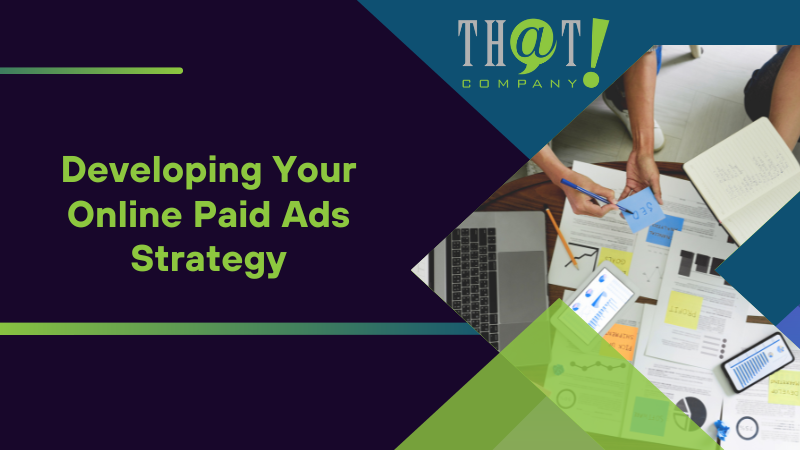
Developing Your Online Paid Ads Strategy
A strategic approach to online paid ads is essential for maximizing return on investment and achieving marketing objectives. Without a well-crafted strategy, businesses risk wasting money on ineffective campaigns. Utilizing white label digital advertising can help streamline ad management and improve campaign performance.
This section explores the key elements of a successful paid advertising strategy, from setting clear goals to understanding your audience. It also covers the importance of choosing the right platforms for maximum impact.
Setting Clear Advertising Goals
Setting clear advertising goals is crucial as it shapes your ad choices and provides a framework for evaluating performance. The SMART criteria—Specific, Measurable, Achievable, Relevant, and Time-bound—ensure that your goals are focused and actionable. For instance, instead of a vague objective like “increase sales,” a SMART goal would be “increase online sales by 20% within the next three months.”
Defining SMART goals enhances clarity on what to measure and helps in making informed decisions regarding ad performance optimization. By having specific metrics to track, such as click-through rates and conversion rates, you can assess the effectiveness of your campaigns and make necessary adjustments to achieve your targets.
Understanding Your Target Audience
Understanding your target audience is vital as it helps tailor messaging to meet their needs effectively. Effective market research methods, including interviews, surveys, and analyzing demographic and interest data, can provide valuable insights into your audience’s preferences. Tools like Semrush’s Market Explorer can further analyze audience demographics and interests, helping you refine your targeting strategies.
Developing strong buyer personas enhances ad targeting by representing ideal customers. Knowing where your audience spends their time online, such as popular social media pages and niche forums, can direct your focus to the appropriate advertising platforms for better engagement.
Misguided advertising can drain budgets and reduce campaign effectiveness. To avoid this, it’s essential to narrow your target audience using specific insights.
Choosing the Right Advertising Platforms
Selecting the right advertising platforms is a pivotal step in your paid advertising strategy. Key factors to consider include understanding where your audience spends their time, analyzing competitors’ advertising strategies, and assessing the effort required to manage ads on the platform. Tools like Google’s Ads Transparency Center and Meta’s Ad Library can provide insights into effective platforms and help you determine the best fit for your advertising goals.
Starting with a single platform allows you to optimize your budget and ensure your ads reach the right audience. Using Google Ads for awareness campaigns, for instance, can be an effective starting point. Conducting research alongside trial and error will help you find the most suitable platform for your needs, ensuring that your advertising efforts are both efficient and effective.
Crafting Compelling Ad Copy and Creative
Creating engaging ad copy and creative is crucial for capturing audience attention and boosting conversions. Effective ads include elements such as engaging visuals, strong messaging, and clear calls to action. These components work together to create an impactful ad that resonates with your target audience.
Following best practices and ensuring proper settings when building advertising campaigns is crucial. Research platform user guides and best practices to optimize your advertising strategy once in place.
Continuously refining your ad copy and creative improves engagement and achieves better campaign results.
Budgeting and Bid Strategies
Setting a clear budget is essential for controlling ad expenditure and ensuring the sustainability of your advertising efforts. Determine how much you can afford to spend without depleting your resources, and set your budget either as a fixed amount or based on specific advertising goals and desired ROI. Mismanaging your budget can lead to diminishing returns once the budget is exhausted.
Bidding strategies should be optimized for conversions to improve the chances of achieving your advertising goals. Estimating advertising costs through tools that provide estimates of Cost per Click (CPC) and search volumes can enhance your budgeting process.
Additionally, calculating your ad ROI helps determine the maximum cost you can afford per lead or customer. This ensures that your bid strategies align with your overall objectives.

Monitoring and Optimizing Your Campaigns
Continuous monitoring and optimization are key to the success of your paid advertising campaigns. A/B testing, which involves creating multiple ad variations and testing them against each other, helps determine the most effective components of your campaigns. Avoiding split testing limits the opportunity to discover more effective ad variations, so it’s crucial to embrace this strategy to improve performance.
Tools such as Meta’s Ads Manager and Google Analytics can be used to track ad performance, providing real-time insights to inform ongoing optimization efforts. UTM codes on ads are essential for tracking traffic from various advertising platforms, helping you understand the source of leads and the effectiveness of your campaigns. Regularly reviewing ad performance, ideally every two weeks, allows you to make data-driven adjustments to improve results.
If you notice a low click-through rate, it may be necessary to change your ads to improve performance. Similarly, a low conversion rate often indicates a need to review landing pages to enhance effectiveness. Continuous monitoring and optimization ensure that advertising efforts yield the best possible outcomes.

Measuring ROI and Performance
Measuring the ROI and performance of your paid advertisements is crucial for understanding their impact and making informed decisions. A good target for ROI is a 5-to-1 return on investment, with some campaigns achieving much higher returns. Key performance indicators (KPIs) such as click-through rate (CTR), conversions, and customer engagement are essential metrics to evaluate the success of your campaigns.
Tracking UTM parameters helps in understanding the source of leads and the effectiveness of campaigns. Digital tracking pixels and the insights provided by ad platforms are important tools for monitoring and analyzing ad performance.
Focusing on revenue-generating metrics rather than just click-through rates offers a deeper understanding of advertising performance. This approach enables data-driven adjustments to improve ROI.

Remarketing Ads
Remarketing is a powerful strategy that allows advertisers to reach out to users who previously interacted with their website, creating a second chance to convert or engage. This approach capitalizes on previously lost web traffic by targeting users who have already shown interest, maintaining brand visibility and reinforcing marketing messages. The average conversion rate for first-time visitors is low, highlighting the importance of remarketing to capture potential customers.
A pixel tag on your website tracks users and adds them to remarketing lists. Dynamic retargeting enables advertisers to serve personalized ads based on user behavior, showcasing products previously viewed and increasing the likelihood of conversion.
To avoid overwhelming users, set caps on ad visibility so they see only a limited number of ads per day. Remarketing campaigns can run across display networks, social media, and search engines, allowing you to broaden your reach and engagement.
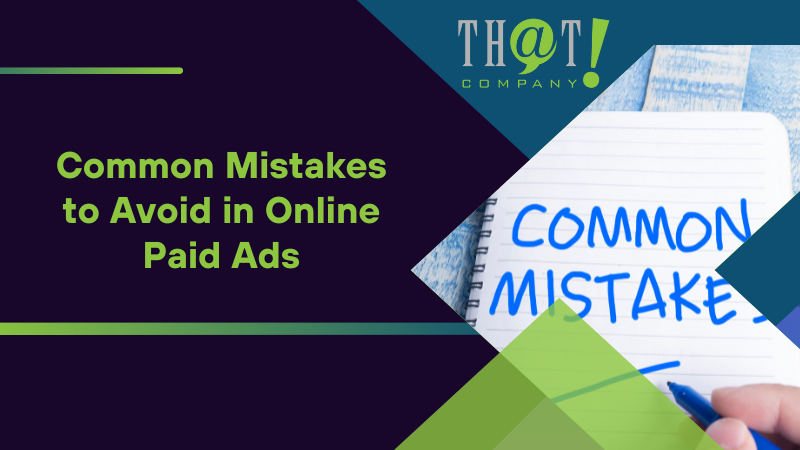
Common Mistakes to Avoid in Online Paid Ads
Online paid advertising can be highly effective, but common mistakes can severely impact the success of your campaigns. One significant challenge is the need for careful planning, ongoing optimization, and adaptation to advertising changes. Without a strategic approach, businesses risk wasting their ad spend on ineffective campaigns, leading to poor results and frustration.
Consistently monitoring and adjusting your campaigns based on performance data is crucial to avoid these pitfalls. Additionally, mismanaging your budget, neglecting A/B testing, and failing to optimize landing pages can all hurt your paid advertising performance. These mistakes can significantly reduce the effectiveness of your campaigns.
Awareness of these common mistakes and proactive steps to address them enhance the overall performance and ROI of your online paid ads.

Summary
In conclusion, online paid ads are a powerful tool for businesses looking to boost their visibility, drive targeted traffic, and achieve their marketing goals. By understanding the different types of online paid ads, their benefits, and how to develop a strategic approach, you can maximize the effectiveness of your advertising efforts. Key steps include setting clear goals, understanding your target audience, choosing the right platforms, crafting compelling ad copy, and managing your budget and bids effectively. Partnering with a provider that offers white label services can further enhance your ad strategy by allowing you to scale and optimize campaigns efficiently.
Continuous monitoring and optimization, along with measuring ROI and performance, are essential for ensuring the success of your campaigns. Remarketing ads offer a valuable opportunity to re-engage interested users and improve conversion rates. By avoiding common mistakes and leveraging the insights provided in this guide, you can harness the full potential of online paid ads to grow your business and achieve lasting success. Now, it’s time to put these strategies into action and watch your business thrive!

Frequently Asked Questions
What are online paid ads?
Online paid ads are a marketing strategy where advertisers pay to present their advertisements to specific audiences through various formats, including pay-per-click (PPC) advertising. This approach effectively targets and engages potential customers. Businesses can also leverage white label branding services to offer seamless, customized advertising solutions under their own brand.
What are the benefits of online paid ads?
Online paid ads provide immediate visibility and can significantly boost traffic and conversions through precise audience targeting. Additionally, they offer valuable insights from analytics to optimize future campaigns.
What types of online paid ads are there?
There are several types of online paid ads, including search engine ads, social media ads, display ads, video ads, and native ads. Each type serves a unique purpose and can effectively reach different target audiences.
How can I develop an effective online paid ads strategy?
To develop an effective online paid ads strategy, begin by defining clear advertising goals and thoroughly understanding your target audience. Choose appropriate platforms, create engaging ad copy, and manage your budget wisely to ensure optimal results.
What is remarketing and how does it work?
Remarketing enables advertisers to re-engage users who have previously visited their website by using pixel tags to track their online activity and deliver tailored ads based on their behavior. This approach helps keep your brand top-of-mind and encourages previous visitors to convert.









